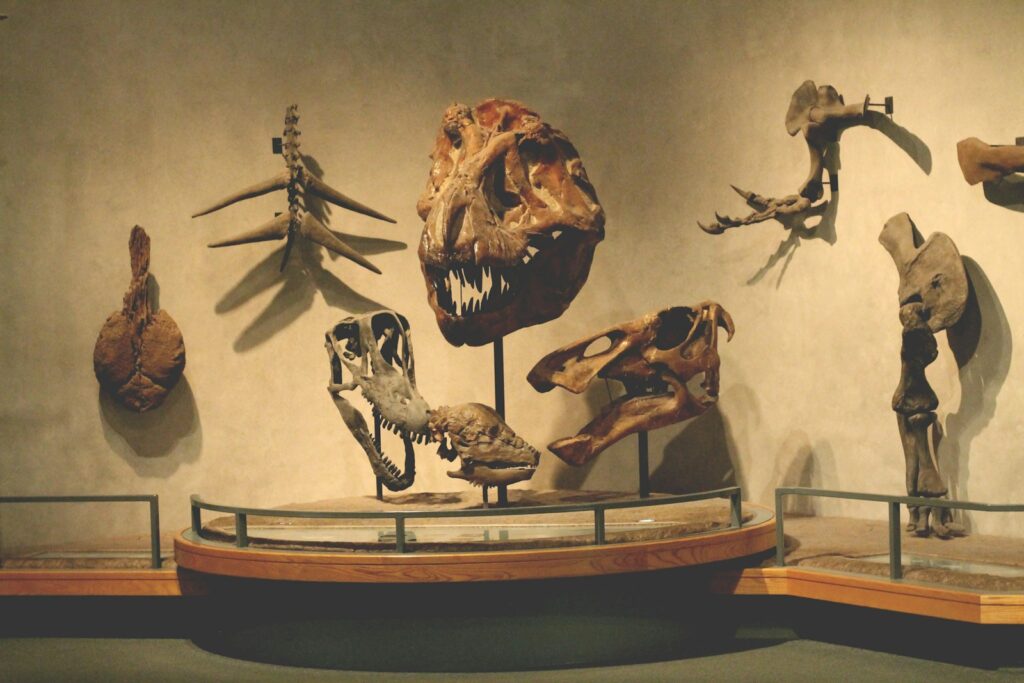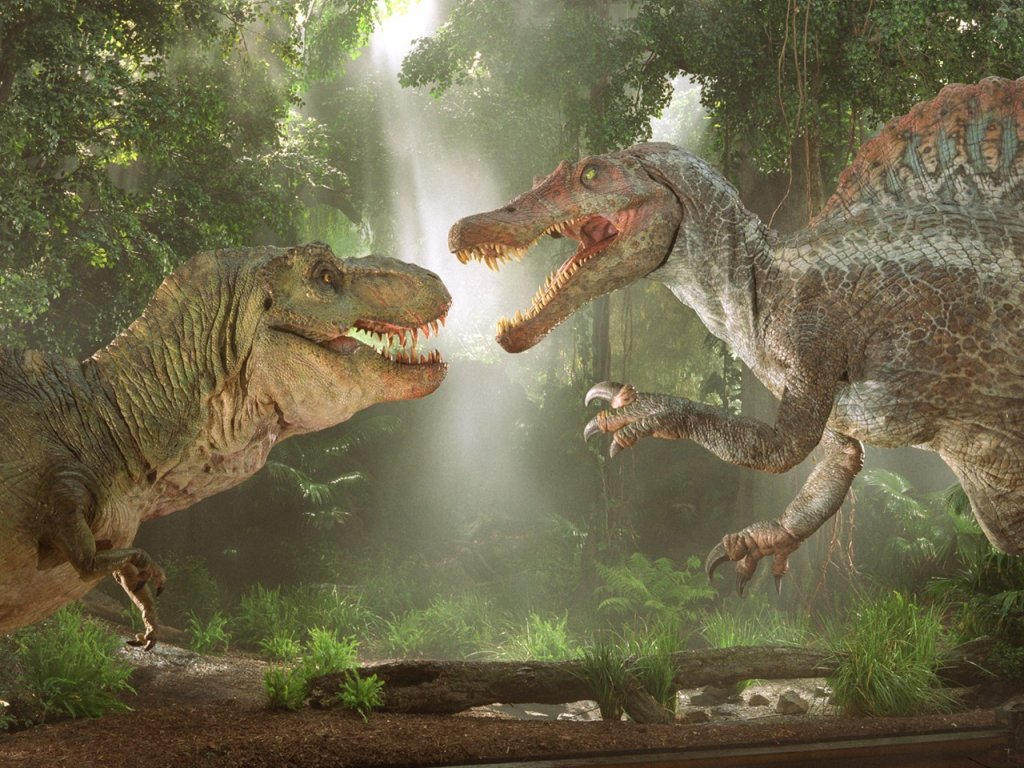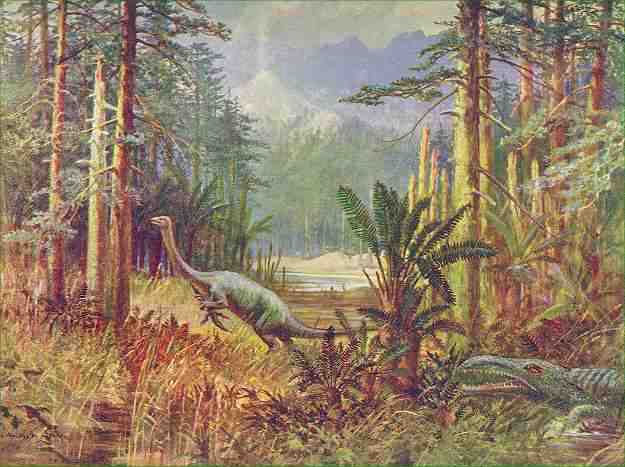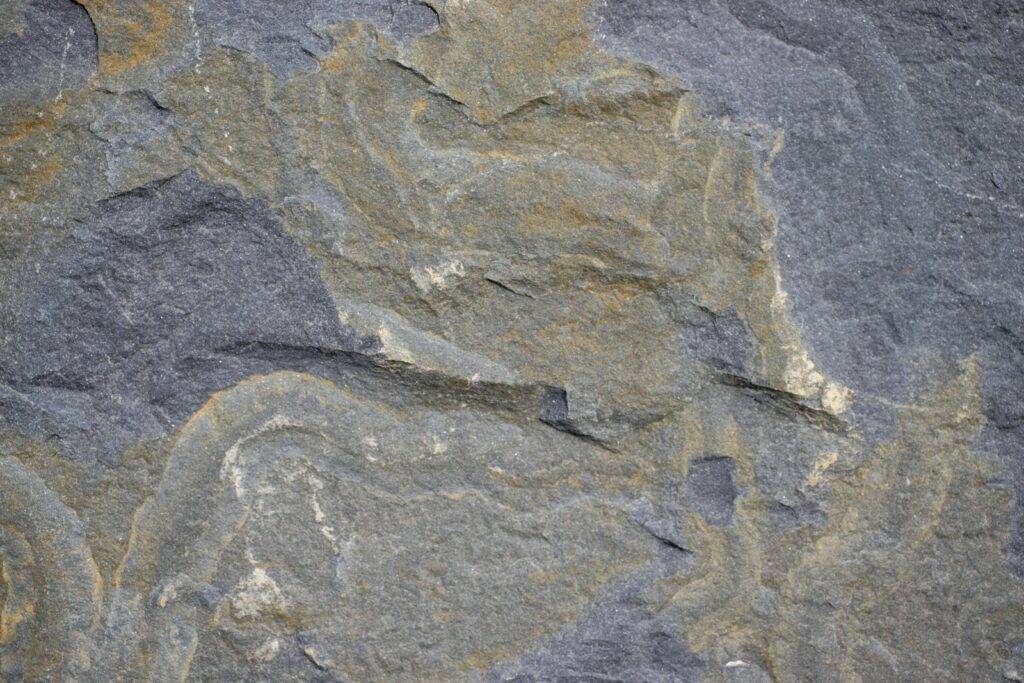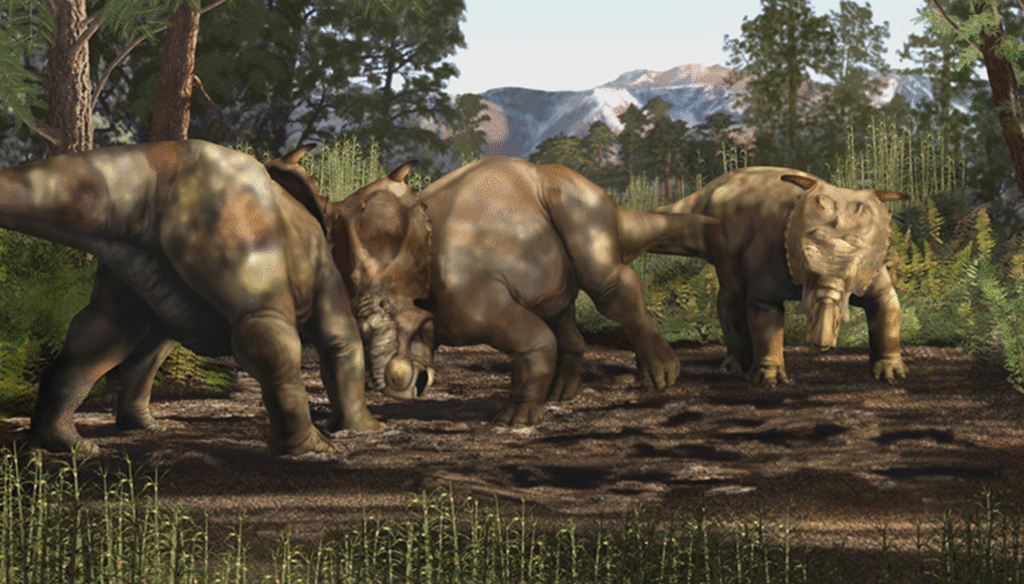Understanding Dinosaur Evolution: The Big Picture
Imagine walking through a world where colossal beasts roamed freely, their thunderous footsteps echoing across ancient landscapes. Picture creatures so magnificent and diverse that they would make today’s wildlife look like a quiet neighborhood gathering. This isn’t science fiction—this was Earth for over 165 million years, when dinosaurs ruled supreme. But here’s what most people ...

